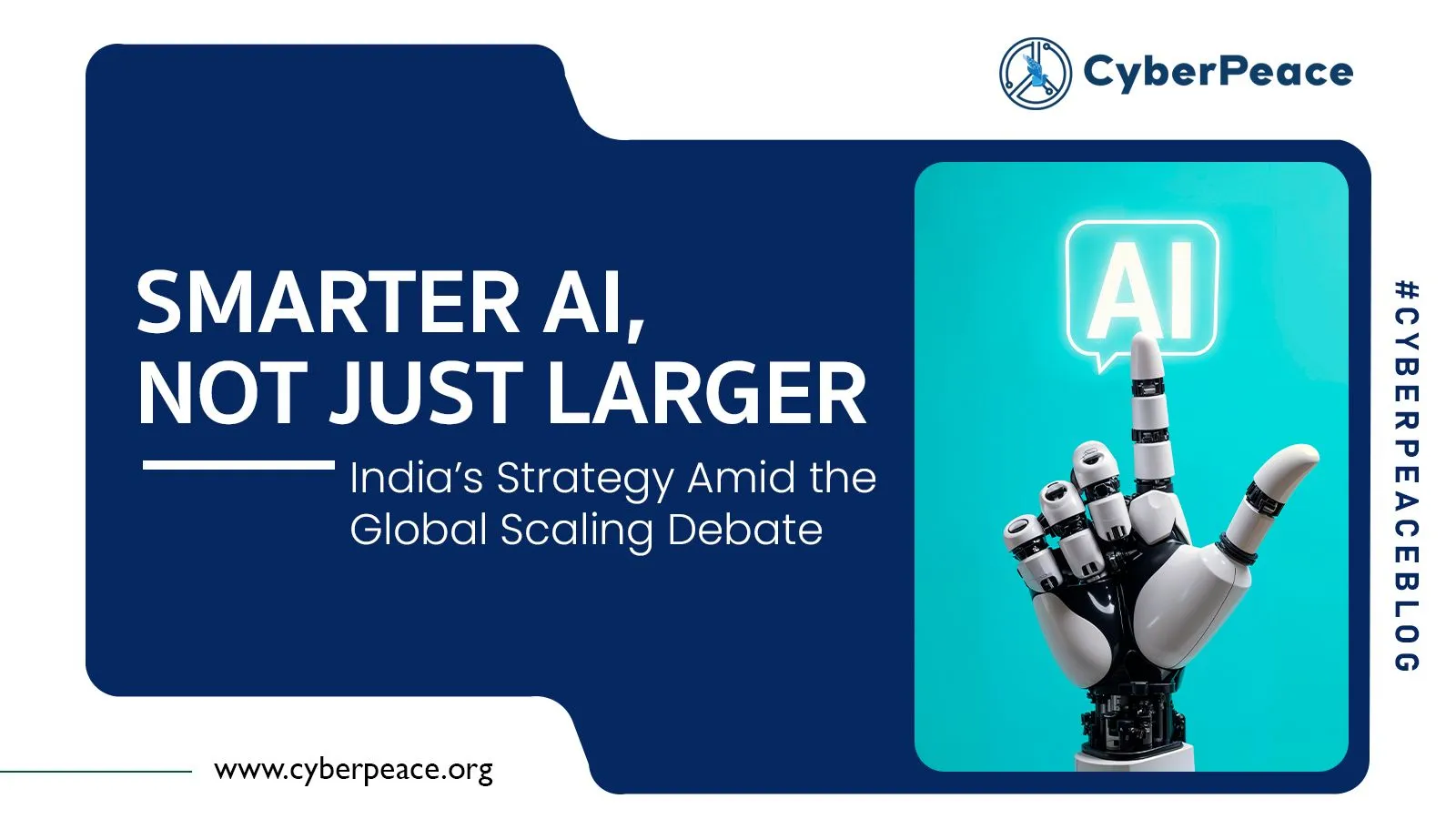Introduction
Artificial Intelligence (AI) driven autonomous weapons are reshaping military strategy, acting as force multipliers that can independently assess threats, adapt to dynamic combat environments, and execute missions with minimal human intervention, pushing the boundaries of modern warfare tactics. AI has become a critical component of modern technology-driven warfare and has simultaneously impacted many spheres in a technology-driven world. Nations often prioritise defence for significant investments, supporting its growth and modernisation. AI has become a prime area of investment and development for technological superiority in defence forces. India’s focus on defence modernisation is evident through initiatives like the Defence AI Council and the Task Force on Strategic Implementation of AI for National Security.
The main requirement that Autonomous Weapons Systems (AWS) require is the “autonomy” to perform their functions when direction or input from a human actor is absent. AI is not a prerequisite for the functioning of AWSs, but, when incorporated, AI could further enable such systems. While militaries seek to apply increasingly sophisticated AI and automation to weapons technologies, several questions arise. Ethical concerns have been raised for AWS as the more prominent issue by many states, international organisations, civil society groups and even many distinguished figures.
Ethical Concerns Surrounding Autonomous Weapons
The delegation of life-and-death decisions to machines is the ethical dilemma that surrounds AWS. A major concern is the lack of human oversight, raising questions about accountability. What if AWS malfunctions or violates international laws, potentially committing war crimes? This ambiguity fuels debate over the dangers of entrusting lethal force to non-human actors. Additionally, AWS poses humanitarian risks, particularly to civilians, as flawed algorithms could make disastrous decisions. The dehumanisation of warfare and the violation of human dignity are critical concerns when AWS is in question, as targets become reduced to mere data points. The impact on operators’ moral judgment and empathy is also troubling, alongside the risk of algorithmic bias leading to unjust or disproportionate targeting. These ethical challenges are deeply concerning.
Balancing Ethical Considerations and Innovations
It is immaterial how advanced a computer becomes in simulating human emotions like compassion, empathy, altruism, or other emotions as the machine will only be imitating them, not experiencing them as a human would. A potential solution to this ethical predicament is using a 'human-in-the-loop' or 'human-on-the-loop' semi-autonomous system. This would act as a compromise between autonomy and accountability.
A “human-on-the-loop” system is designed to provide human operators with the ability to intervene and terminate engagements before unacceptable levels of damage occur. For example, defensive weapon systems could autonomously select and engage targets based on their programming, during which a human operator retains full supervision and can override the system within a limited period if necessary.
In contrast, a ‘human-in-the-loop” system is intended to engage individual targets or specific target groups pre-selected by a human operator. Examples would include homing munitions that, once launched to a particular target location, search for and attack preprogrammed categories of targets within the area.
International Debate and Regulatory Frameworks
The regulation of autonomous weapons that employ AI, in particular, is a pressing global issue due to the ethical, legal, and security concerns it contains. There are many ongoing efforts at the international level which are in discussion to regulate such weapons. One such example is the initiative under the United Nations Convention on CertainConventional Weapons (CCW), where member states, India being an active participant, debate the limits of AI in warfare. However, existing international laws, such as the Geneva Conventions, offer legal protection by prohibiting indiscriminate attacks and mandating the distinction between combatants and civilians. The key challenge lies in achieving global consensus, as different nations have varied interests and levels of technological advancement. Some countries advocate for a preemptive ban on fully autonomous weapons, while others prioritise military innovation. The complexity of defining human control and accountability further complicates efforts to establish binding regulations, making global cooperation both essential and challenging.
The Future of AI in Defence and the Need for Stronger Regulations
The evolution of autonomous weapons poses complex ethical and security challenges. As AI-driven systems become more advanced, a growing risk of its misuse in warfare is also advancing, where lethal decisions could be made without human oversight. Proactive regulation is crucial to prevent unethical use of AI, such as indiscriminate attacks or violations of international law. Setting clear boundaries on autonomous weapons now can help avoid future humanitarian crises. India’s defence policy already recognises the importance of regulating the use of AI and AWS, as evidenced by the formation of bodies like the Defence AI Project Agency (DAIPA) for enabling AI-based processes in defence Organisations. Global cooperation is essential for creating robust regulations that balance technological innovation with ethical considerations. Such collaboration would ensure that autonomous weapons are used responsibly, protecting civilians and combatants, while encouraging innovation within a framework prioritising human dignity and international security.
Conclusion
AWS and AI in warfare present significant ethical, legal, and security challenges. While these technologies promise enhanced military capabilities, they raise concerns about accountability, human oversight, and humanitarian risks. Balancing innovation with ethical responsibility is crucial, and semi-autonomous systems offer a potential compromise. India’s efforts to regulate AI in defence highlight the importance of proactive governance. Global cooperation is essential in establishing robust regulations that ensure AWS is used responsibly, prioritising human dignity and adherence to international law, while fostering technological advancement.
References
● https://indianexpress.com/article/explained/reaim-summit-ai-war-weapons-9556525/
● https://blogs.icrc.org/law-and-policy/2024/04/25/the-road-less-travelled-ethics-in-the-international-regulatory-debate-on-autonomous-weapon-systems/
● https://disarmament.unoda.org/the-convention-on-certain-conventional-weapons/background-on-laws-in-the-ccw/
● https://www.cambridge.org/core/services/aop-cambridge-core/content/view/5FD01B5A96116766C3B1273490B24897/S0892679423000357a.pdf/banning-autonomous-weapons-a-legal-and-ethical-mandate.pdf
● https://www.pib.gov.in/PressReleasePage.aspx?PRID=1846937













%20(1).jpg)
